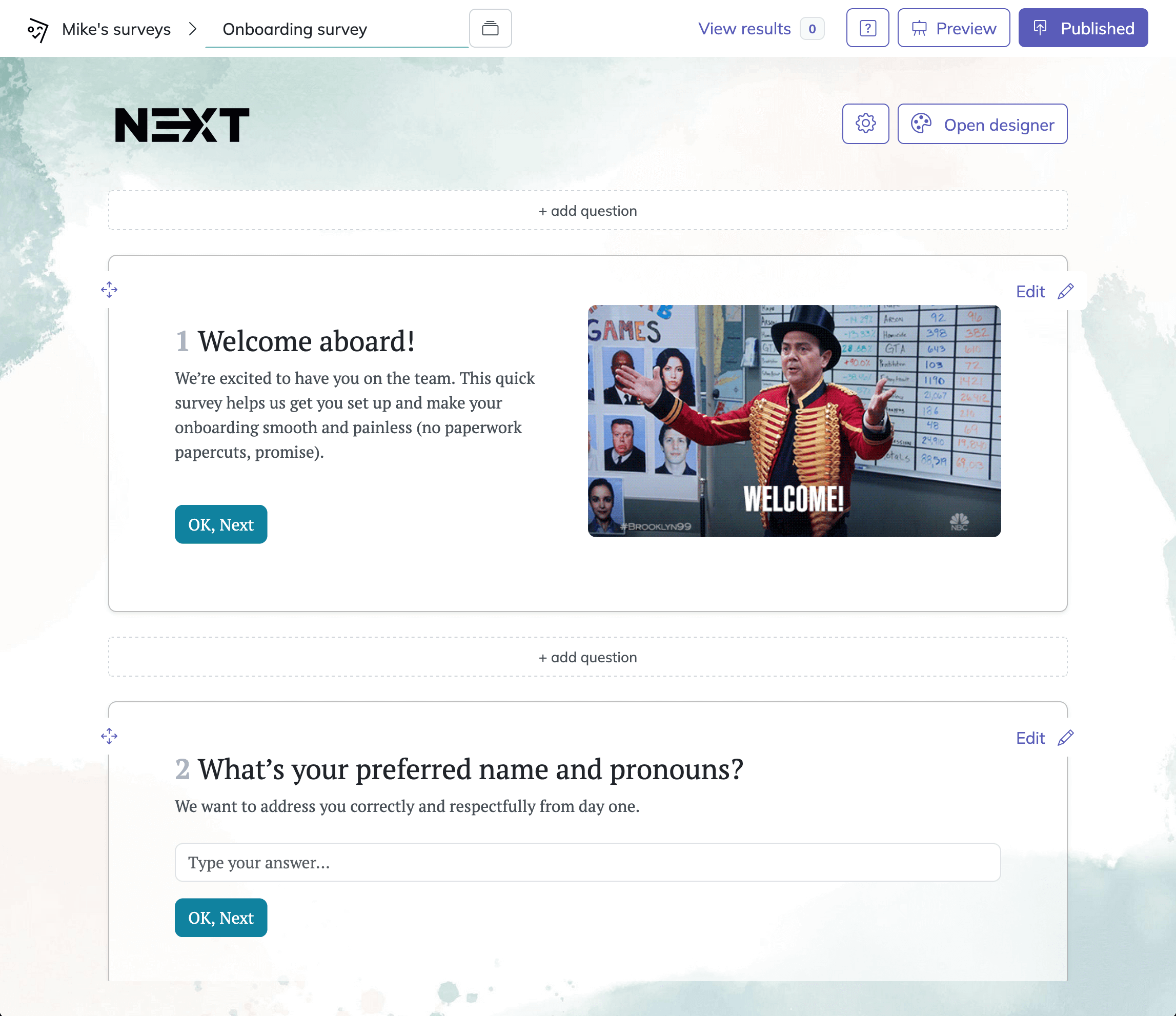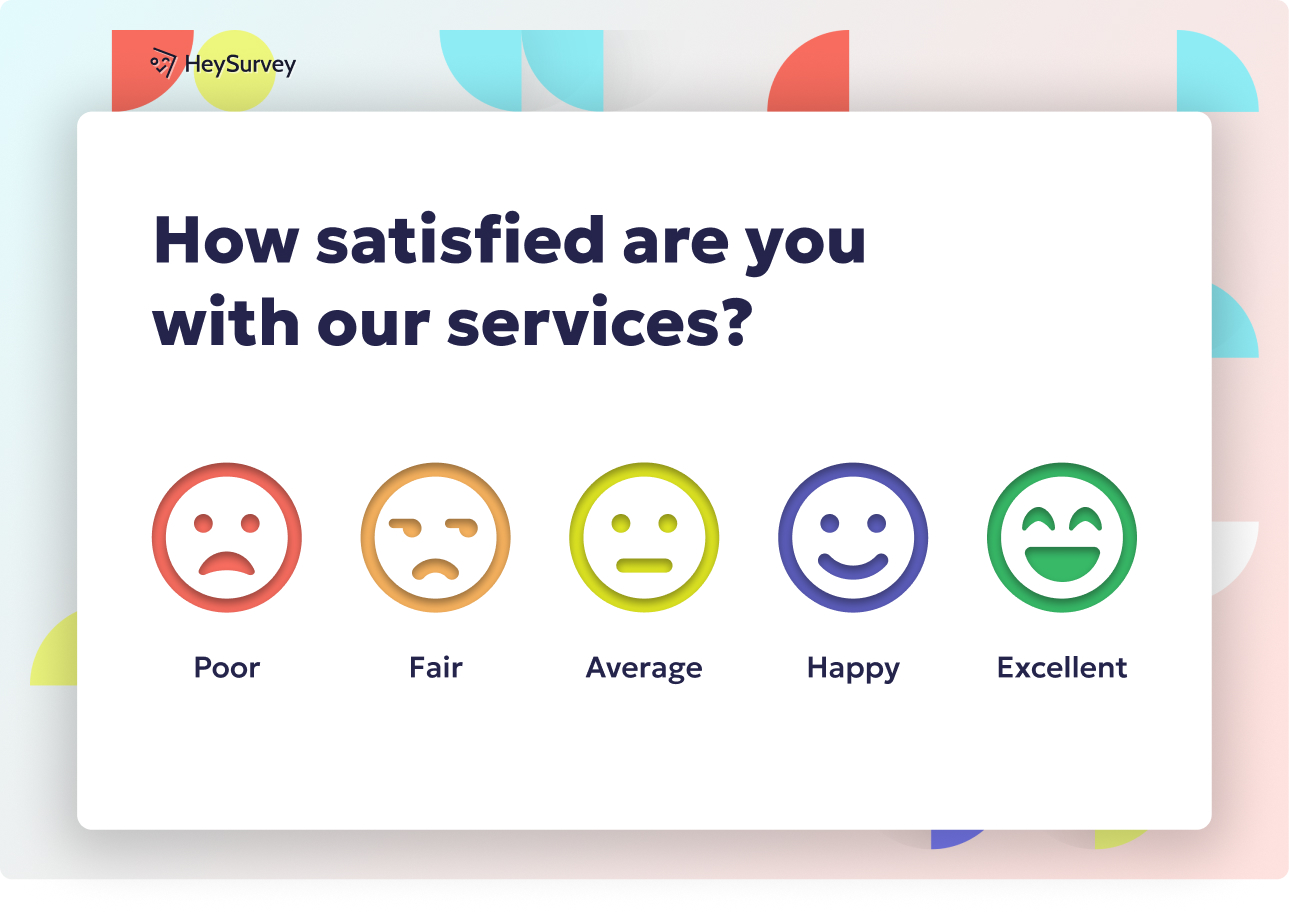32 60 Day Check-In Survey Questions: Examples & Best Practices
Explore 60 day check in survey questions with 25+ sample questions, use cases, and best practices for effective early feedback across roles.
Are you ready to design the ultimate 60-day check-in survey? You’ll find actionable question sets and creative use-cases designed to uncover rich insights, boost engagement, and kickstart positive change—no matter your organization’s goals. Let’s deep dive into proven best practices, innovative survey ideas, and sample questions you can use right away.
Introduction: The Strategic Value of 60-Day Check-Ins
The 60-day survey is a golden opportunity to capture insights right between the fast-fading honeymoon phase and the “is this working for me?” moment. At 30 days, people are still finding their feet, while a 90-day survey is sometimes too late to correct course. The 60-day mark is perfect—far enough for genuine first impressions, yet soon enough to make impactful changes.
Early lifecycle surveys at this checkpoint let you act fast. It’s the sweet spot for onboarding feedback with new hires, catching customer friction before churn, or calibrating a product launch.
Common use-cases include:
- New employee onboarding (before that crucial 90-day review)
- Customer onboarding (before habits and loyalty are set in stone)
- Assessing adoption after a product launch
- Gauging morale in remote teams or post-office changes
- Training impact measurement after rollout
Running check-in questions at the 60-day mark isn’t just smart—it’s strategic. By mapping experience and progress, you create opportunities for better retention, sharper adjustments, and happier people.
Implementing a 60-day onboarding survey can significantly enhance employee engagement and retention by addressing early concerns and aligning expectations. (surveymonkey.com)
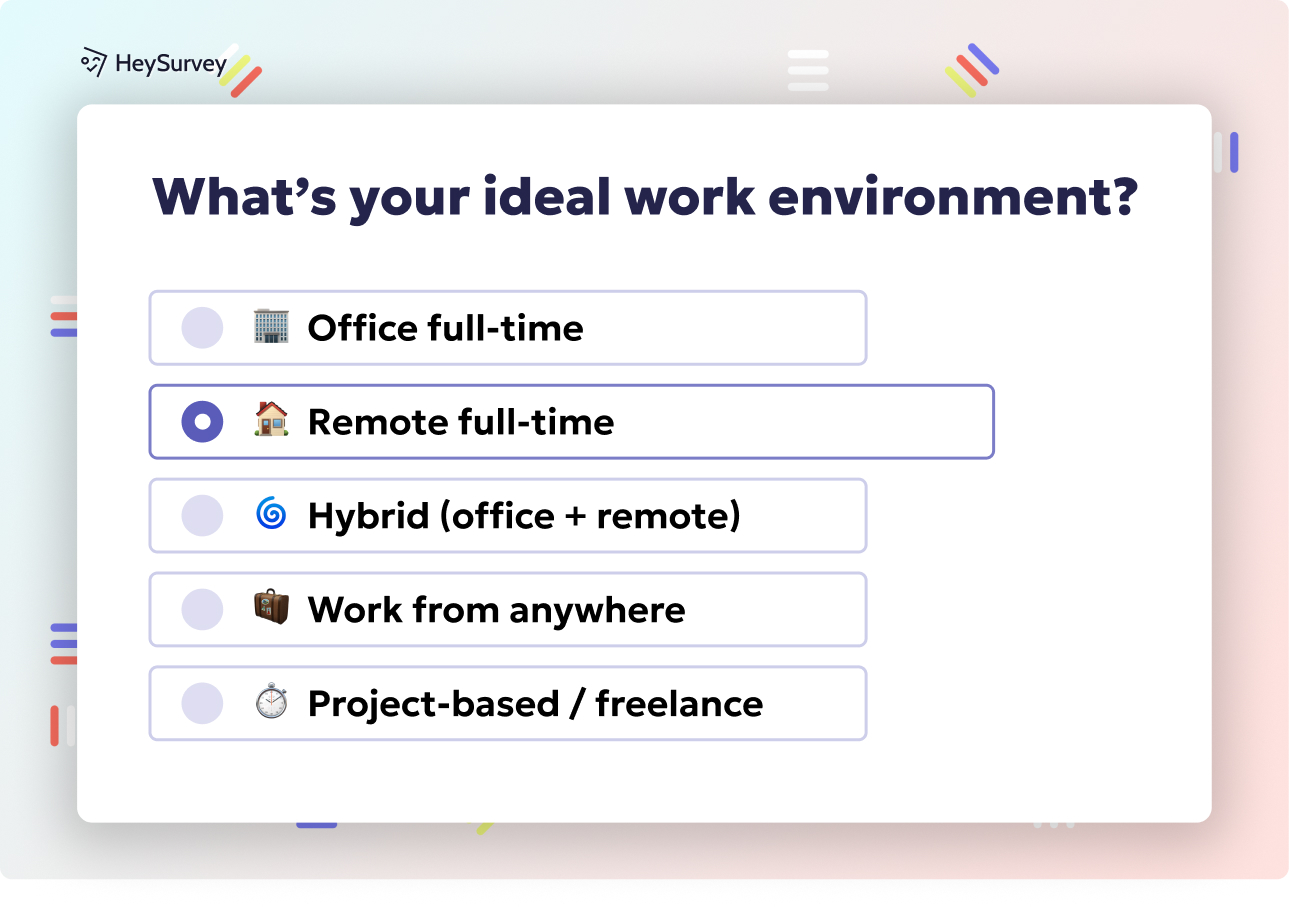
How to Create Your 60-Day Check-In Survey Using HeySurvey in 3 Easy Steps
If you’re new to HeySurvey and wondering how to bring your 60-day check-in survey to life, fret not! Below are three super simple steps to get you started quickly, plus some bonus tips to make your survey look pro and work smarter.
Step 1: Create a New Survey
- Head to HeySurvey and click “Create new survey” or open the provided template below this guide to jump-start your project.
- If starting from scratch, select either an empty sheet for full customization or pick a pre-built template that fits your 60-day check-in style.
- Give your survey an internal name—something clear like “60-Day Onboarding Check-In Survey” to keep things tidy.
You don’t even need an account to begin building, but signing up is required to publish and track results.
Step 2: Add Your Questions
- Click the Add Question button at the top or between existing questions to start adding your check-in questions.
- Choose the question type that suits each item, such as Choice for multiple-choice questions, Scale for ratings, or Text for open-ended feedback.
- Input your 60-day survey questions—feel free to use the sample questions from our guide, or customize them to match your organization’s tone and goals.
- Make sure to mark important questions as required so respondents can’t skip them without answering.
- Optional: Add images or descriptions to make questions more engaging or clear.
Mixing scales and open-ended questions helps you collect both quantitative scores and rich insights.
Step 3: Publish Your Survey
- When your questions are ready, hit Preview to see the survey exactly as your respondents will. Adjust colors, fonts, or layouts in the Designer Sidebar if you want it to reflect your brand’s vibe.
- Once you’re happy with it, click Publish to make your survey live. You will get a shareable link that you can send by email, embed on your intranet, or share with your team.
- Remember, you must have an account to publish and access responses later.
You’re all set to gather valuable 60-day feedback with ease!
Bonus Steps to Level Up Your 60-Day Survey Experience
- Apply Your Branding: Upload your company logo and customize colors and fonts in the Designer Sidebar to make your survey unmistakably yours.
- Define Settings: Set start/end dates, response limits, or redirect respondents after completion to a thank-you page or resources. These options are available in the Settings panel.
- Use Branching: Create smart survey paths by setting up branches based on answers. For example, if someone rates manager support low, follow up with a tailored question about what would improve it. This keeps your survey relevant and respectful of respondent time.
By following these steps, you’ll create a polished, purposeful 60-day check-in survey ready to deliver powerful insights and drive meaningful action. Ready to get started? Just click the button below to use a HeySurvey template tailored for your 60-day check-in needs!
New Employee 60-Day Onboarding Check-In Survey
Why & When to Use
The new hire survey at 60 days is your best defense against silent disengagement. Most companies use a 30 or 90-day survey, but here's where you shine: 60 days is just far enough for real opinions to form, yet still early for meaningful course corrections.
Checking in at this milestone lets you:
- Gauge cultural fit and whether the training process actually stuck
- Surface any role confusion or “what am I even supposed to do?” feelings
- Spot flight-risk signals before those well-known 90-day departures
- Offer support for those hesitant to give negative onboarding feedback directly
If you’re using a continuous onboarding feedback survey, this is where things get interesting—not too soon, not too late.
Sample Questions
- How clear are your role expectations after your first 60 days?
- Which onboarding resources have been most helpful, and which could be improved?
- On a scale of 1–10, how supported do you feel by your manager?
- What, if anything, would make your next 30 days more successful?
- Do you see a clear path for growth here? Why or why not?
These sample questions go beyond the yes/no binary. They spark conversations, highlight what’s working (or not), and help you strengthen your onboarding experience before small disconnections grow into major issues.
Remember:
- Open feedback now means fewer headaches later
- Make your survey inviting, short, and stress-free
- Follow up quickly on anything negative—employees who are heard early are more likely to stay and thrive
Organizations with strong onboarding processes improve new hire retention by 82% and productivity by over 70%. (discover.strongdm.com)
Customer Onboarding 60-Day Satisfaction Survey
Why & When to Use
A customer onboarding survey at 60 days is your best lifeline against silent churn. In almost every sector, the first two months are packed with promise—and risk. If customers encounter friction or fail to see value, you might lose them before they ever become loyal fans.
Why use a 60-day check-in?
- Pinpoint first-impression loyalty drivers before everyday habits take root
- Catch issues with setup, support, or features that might push them toward your competition
- Identify “almost lost them” moments you can still fix
- Fine-tune onboarding for real people—not just ideal users
Early lifecycle feedback from fresh customers gives you powerful ammo to refine, simplify, and delight.
Sample Questions
- How easy was it to get started with our product/service?
- Which feature delivers the most value to you so far?
- Please rate the quality of support you’ve received so far.
- What nearly stopped you from continuing after sign-up?
- What one improvement could make you a raving fan of our product/service?
Digging deeper than the usual Net Promoter Score can save an at-risk customer today. Tailor these questions to match your onboarding journey and communication style.
- Early feedback builds long-term loyalty
- Highlight wins and remove friction for smoother onboarding
- Don’t just ask—act on it
- Make follow-up as friendly as your marketing
Product Adoption 60-Day Usage Feedback Survey
Why & When to Use
The product adoption survey at 60 days is perfect for new launches or major feature rollouts. It’s when initial curiosity has turned into actual habits (or the lack thereof). You’re aiming to validate that users are integrating your product into their routine, not just dabbling.
Why is this valuable?
- Check in on actual usage feedback questions instead of guessing what customers want
- Identify usage frequency and validate which features drive ROI
- Catch real-world pain points you may not have anticipated in the lab
- Adjust your roadmap or support channels to real user stories, fast
It’s your best window to understand if your shiny new tool is delivering, underwhelming—or getting quietly ignored.
Sample Questions
- How frequently do you use the product in a typical week?
- Which feature have you found least intuitive or most frustrating?
- What outcome or improvement have you achieved since using the product?
- Have you integrated the product with other tools or systems you use? If not, why?
- Would you recommend the product to a peer? Why or why not?
These questions reveal depth—frequency, integration, tangible results, and advocacy. They give your product, support, and engineering teams a clear direction on what’s next.
Remember:
- Survey real-life usage, not just intention
- Use a mix of ratings and open answers for better data
- Follow up with those who struggle as well as your champions
Research indicates that, on average, only 6.4% of product features drive 80% of user engagement, highlighting the importance of focusing on key functionalities. (mindtheproduct.com)
Manager-Employee 60-Day Performance Check-In Survey
Why & When to Use
The performance check-in at 60 days is a secret weapon for managers who want to keep the team moving in the right direction without triggering formal performance review anxiety. Done right, it feels more like coaching than judgment.
Use this when:
- You want to spark developmental feedback instead of dread
- Goals, resources, or expectations might need a realignment
- You’re looking for chances to support, not just assess
- Employees feel safer giving honest input about what’s working—and what’s holding them back
Far better than waiting for the 90-day or annual review cycle, this approach keeps communication open, lively, and forward-focused.
Sample Questions
- Which goals feel most achievable for you in the next quarter?
- Where do you need more guidance, clarity, or support from me?
- How effective has our communication cadence (1:1s, updates) been so far?
- What recent accomplishment are you most proud of in your first 60 days?
- What barrier or frustration is currently limiting your performance?
Each of these prompts builds a developmental dialogue, not a checklist. The answers point toward growth, clarity, and two-way trust.
- Open questions invite coaching, not criticism
- Listen to what’s not said—sometimes silence is a signal
- Always respond to pain points and celebrate wins, big or small
Remote Work 60-Day Adjustment Survey
Why & When to Use
For teams that have just shifted to remote, hybrid, or flexible work, a 60-day remote work survey can be eye-opening. It helps you understand whether your people are thriving, surviving, or feeling lost in Zoom limbo.
You should use this survey:
- For new hires onboarding remotely—when “watercooler learning” is missing
- When whole teams have recently gone remote or hybrid
- After implementing new collaboration tools or policies
- To surface challenges early—workspace, isolation, tool overload, or blurred boundaries
Acting quickly on work from home feedback means you’re showing commitment to employee wellbeing even when you’re not physically together.
Sample Questions
- How comfortable and functional is your current home workspace?
- Do you feel connected and included by your team, even when remote?
- Which collaboration tools (if any) are getting in your way?
- How balanced does your work-life boundary feel right now?
- What additional support, resources, or flexibility would improve your remote work experience?
These insights flag what’s working and reveal “hidden” obstacles like loneliness, tech hassles, or family distractions.
Keep in mind:
- Early feedback prevents remote burnout
- Offer practical fixes instead of platitudes
- Show visibility into the quirks and needs of your remote/hybrid team
Training Program 60-Day Effectiveness Survey
Why & When to Use
The best way to measure whether that shiny new training program actually worked? Sixty days out! A training feedback question set at the two-month mark is where intentions meet real-world results.
Why is this crucial?
- Assess retention and on-the-job application of new skills
- Get clarity on which modules or topics were hits—and which ones fizzled
- Justify training investments and refine future curriculum
- Encourage peer learning and knowledge sharing
The 60-day time frame allows for practical use, making the feedback much more learning evaluation survey than instant impressions or wishful thinking.
Sample Questions
- How confident are you in applying the training materials to your role?
- Which training module did you find most valuable? Which was least valuable?
- Have you shared what you learned with colleagues or team members?
- What real-world results or improvements have you seen based on your training?
- What topic or skill should future training dive deeper into?
These questions dig into both confidence and the “so what”—can they actually do the job better now, or not? It also encourages honest critique for continuous improvement.
- Application is the ultimate training metric
- Build a culture of feedback and shared best practices
- Incorporate both hits and misses into future sessions
Wellness Program 60-Day Engagement Survey
Why & When to Use
Launching a wellness initiative is great; ensuring participation and impact is even better. A wellness survey at 60 days, right after your new program launches, helps you figure out what’s sticking—and what’s still on the wish list.
Why run it now?
- Measure early employee wellbeing feedback and participation rates
- Learn which activities get people excited, and which don’t land
- Spot barriers to uptake—time, awareness, relevance, or even skepticism
- Refine and personalize your wellness offering, rather than hoping for “one-size-fits-all” engagement
Results at 60 days will tell you if you’re shifting cultures or just checking boxes.
Sample Questions
- Which wellness activities or resources have you tried so far?
- On a scale of 1–10, how has your participation in the program impacted your wellbeing?
- What prevents you from participating more often or more fully?
- How relevant are the wellness resources to your personal goals or needs?
- What additional wellness support, resources, or activities would you value seeing in the future?
These questions go beyond participation rates to dive into real barriers and impact. Look for what lights people up and what quietly blocks them from joining in.
- Make it easy and appealing (never guilt-based!)
- Share results and iterate your offerings quickly
- Personalize, don’t penalize
Best Practices & Dos and Don’ts for 60-Day Check-In Surveys
Crafting the perfect 60-day check-in survey is both an art and a science. Some best practices will make sure your survey actually gets filled out and drives change—rather than collecting digital dust.
- DO keep each 60-day survey short—ideally under 10 minutes
- DON’T overwhelm your audience with endless optional questions
- DO frame questions in a positive and actionable way
- DON’T inadvertently bias responses by leading with negative language
- DO assure either anonymity or strict confidentiality when appropriate
- DON’T make it obvious who said what, if it’s a sensitive topic
- DO use a mix of quantitative scales (like 1–10 ratings) and open-ended prompts for depth
- DON’T rely strictly on yes/no or scale-only questions
- DO always close the feedback loop with visible action—announce what you’re changing based on survey results
- DON’T let responses disappear into a void (nothing kills trust like silence)
Best practice: Always review and customize your 60-day survey questions for your unique team, product, or niche. No one-size-fits-all list can match what you’ll discover through your own questions, your culture, and your priorities.
By following these playful-yet-proven tips, you’ll get higher response rates, sharper insights, and a roadmap for ongoing improvement that people actually notice.
A well-run 60-day check-in survey is pure organizational magic. You’ll capture in-the-moment honesty, course-correct with confidence, and build loyalty that lasts. Choose your template, tweak your questions, and close the loop. Your team, your customers, your future self—all will thank you.
Conclusion
The 60-day check-in survey is your early warning system, cultural pulse, and engagement booster all wrapped in one. When you ask the right questions, at the right time, people feel heard—and you get data that actually drives action. Use these question sets and best practices to make your check-ins a launchpad for growth. Listen, learn, and adjust before habits harden or enthusiasm fades. And remember: feedback is a gift, but only if you use it!
Related Onboarding Survey Surveys
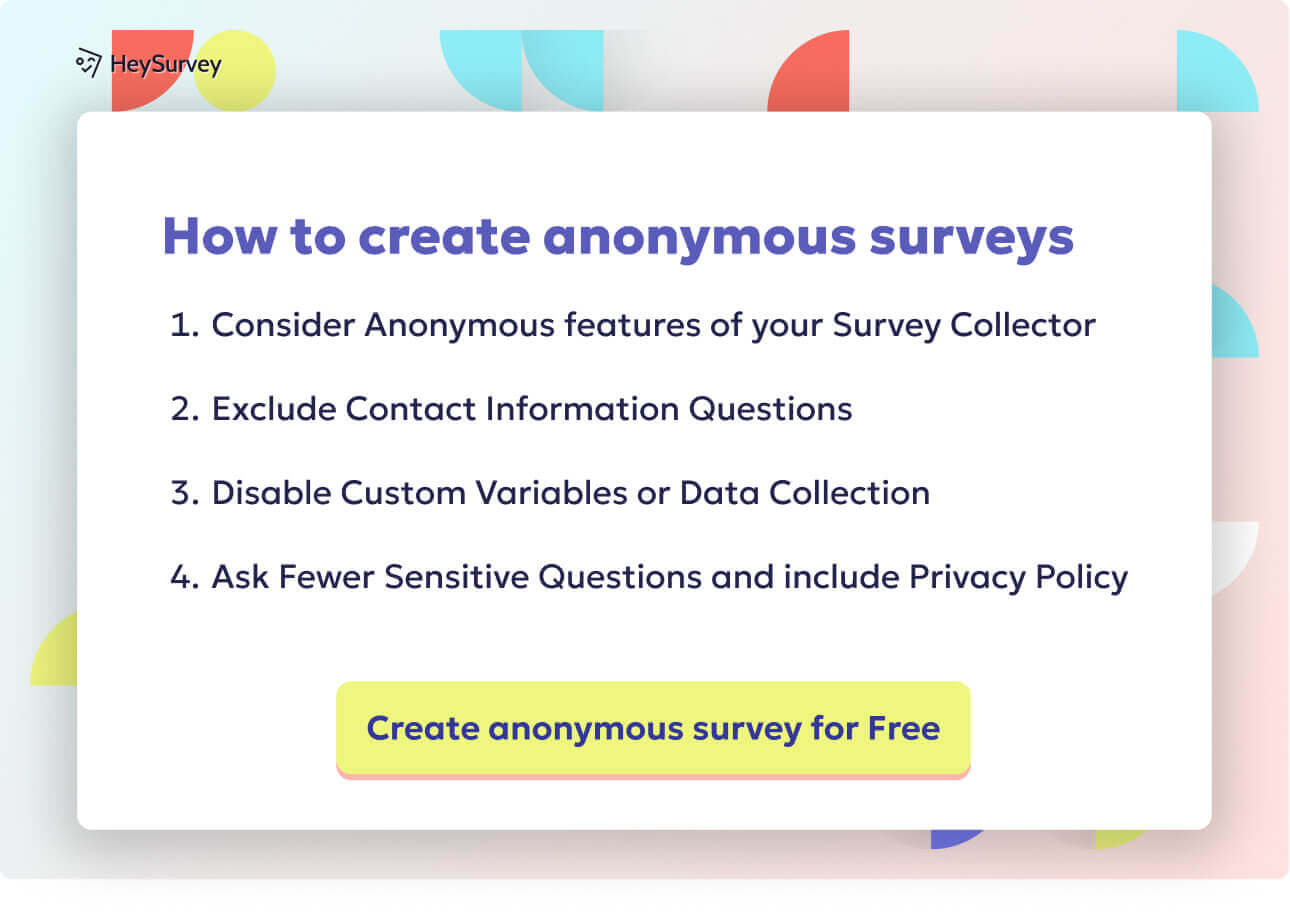
31 Customer Onboarding Survey Questions to Improve Adoption
Discover 40 customer onboarding survey questions designed to improve product adoption, gather onb...
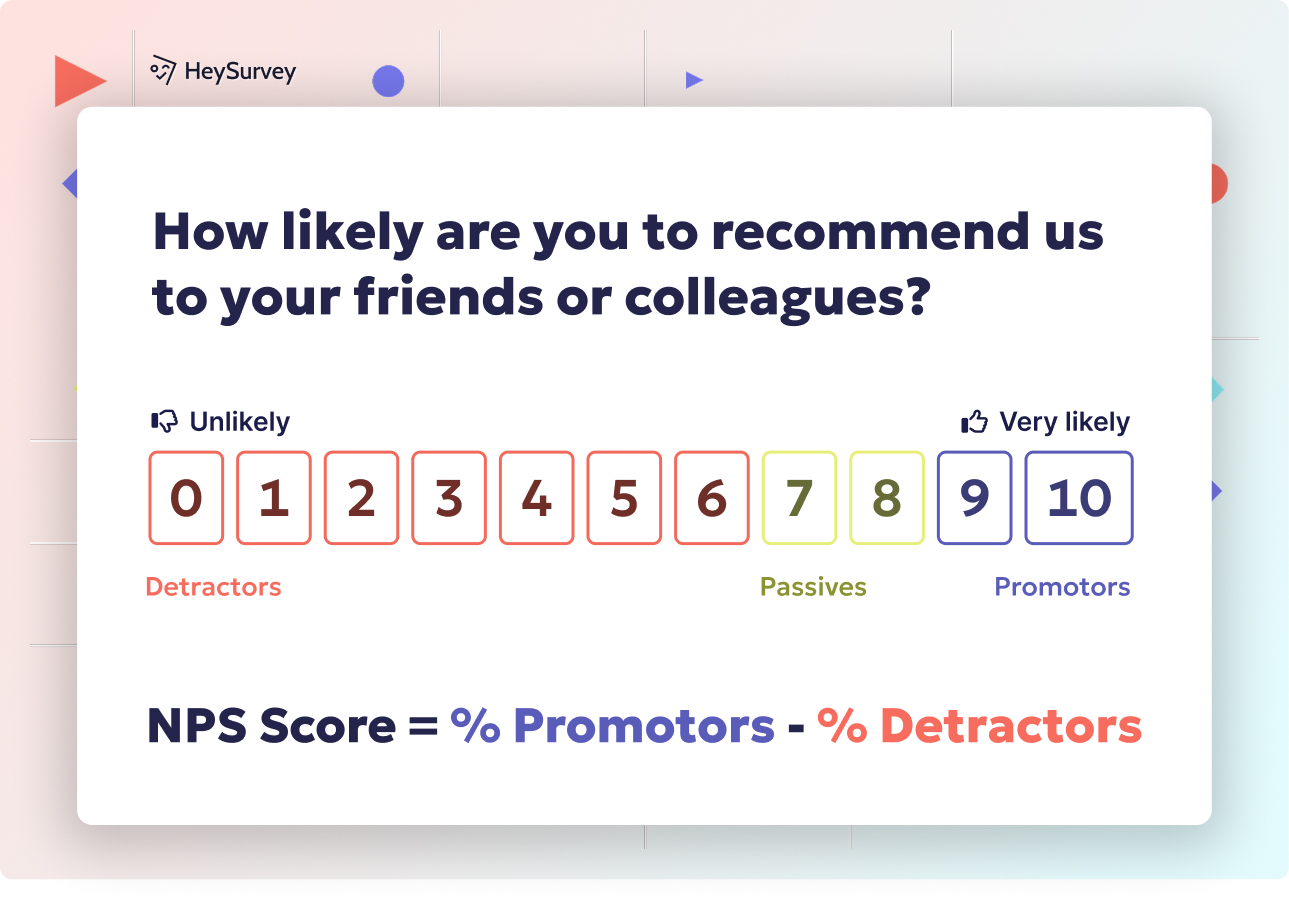
32 Onboarding Survey Questions to Boost New-Hire Success
Discover 30+ onboarding survey questions with expert tips to capture, analyze, and act on new-hir...

30 Day Review Survey Questions: 30 Essential Sample Questions
Explore 30 day review survey questions with 30+ sample questions designed to boost onboarding, en...
